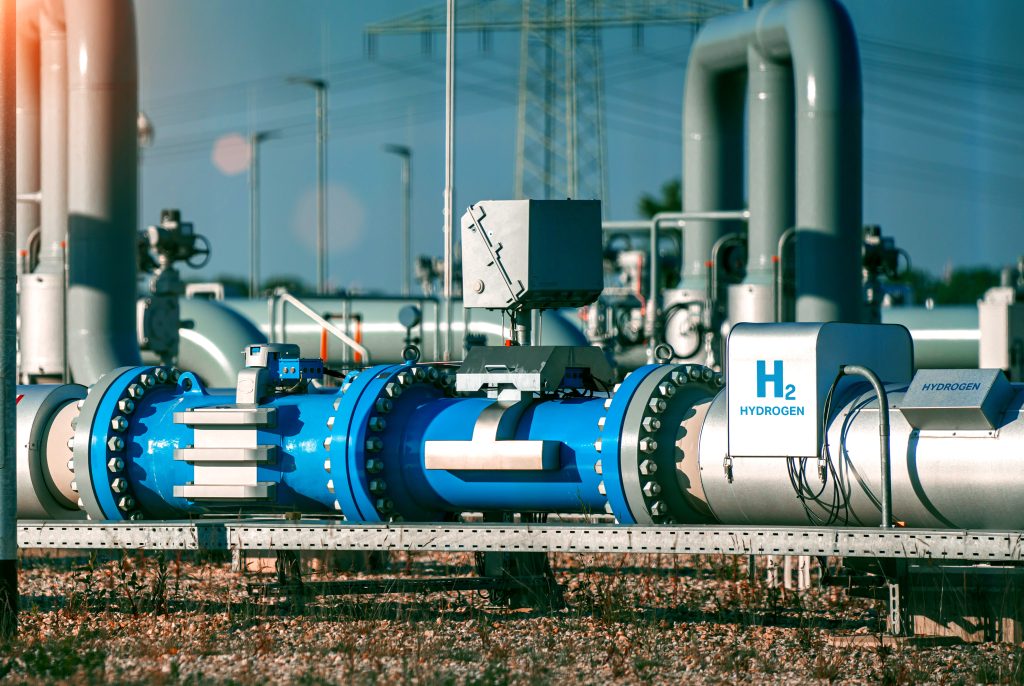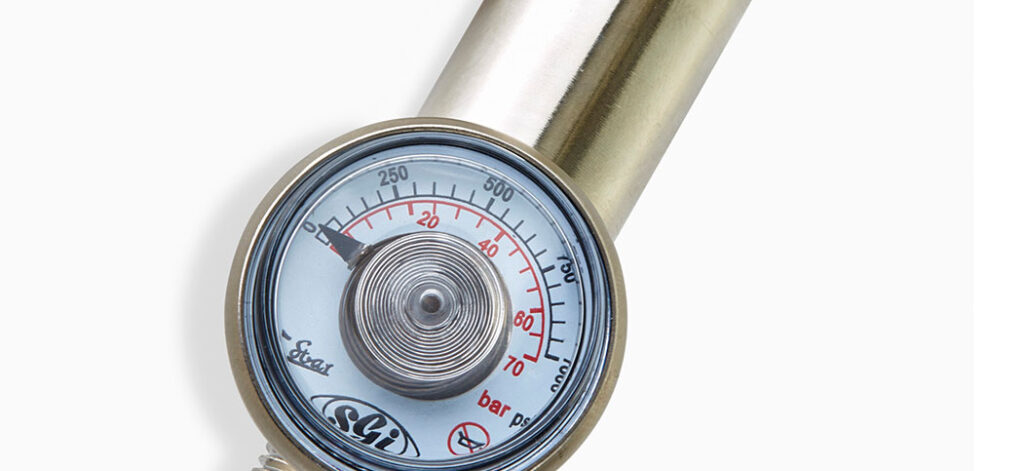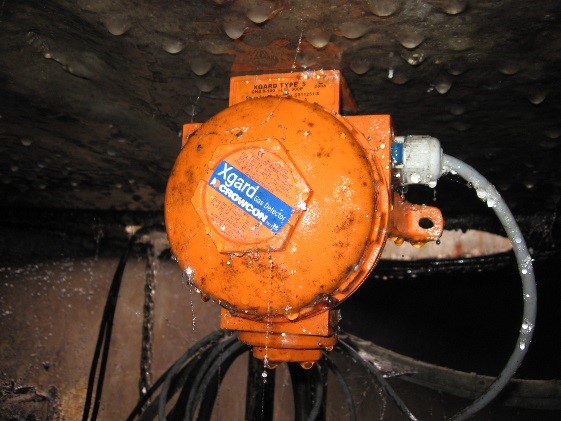Der er mange grunde til, at en bærbar gasdetektor ikke reagerer på gas, og nogle af dem er ikke synlige for brugeren. Når et instrument er tændt, kan man se, at batteriet og displayet fungerer korrekt, men hvad med den interne elektronik, som spiller en afgørende rolle for beskyttelsen? Virker alle sensorer og alarmer, er de blevet hæmmet af den forkerte rengøringsopløsning, eller er deres åbninger blevet blokeret af mudder? Hvordan kan man vide det?
En bump-test er den eneste måde at sikre, at hele gasdetektorenheden fungerer korrekt. Den kontrollerer, at sensorerne reagerer på målgassen, og at displayet reagerer. Den bekræfter, at alle alarmer er aktiveret, og at detektoren går korrekt i alarm.
Hvordan fungerer det?
Formålet med bump-testen er at sikre, at en gasmonitor fungerer optimalt ved kortvarigt at udsætte enheden for en kendt koncentration af målgassen. Aflæsningen sammenlignes med den faktiske mængde gas, der er til stede, som angivet på testgasflasken, og hvis detektoren går i alarm inden for et acceptabelt område af den faktiske koncentration, normalt inden for 10 %, fungerer den sikkert. Hvis resultaterne af bump-testen ikke ligger inden for det acceptable område, eller hvis det tager mere end 30-40 sekunder at få en alarm, må gasdetektoren ikke bruges, før der er foretaget en fuld kalibrering.
Så hvorfor tester folk stadig ikke bump regelmæssigt?
Listen af grunde er altid den samme:
- Det tager for lang tid
- Det er for svært og kræver træning
- Der er ingen lov, der siger, at vi skal
Den gennemsnitlige tid til bump-test er dog 20-30 sekunder - mindre tid end det tager at tage resten af værnemidlerne på! Afhængigt af den anvendte detektor kan der være halvautomatiske eller automatiserede systemer til rådighed til at udføre bump-testen, hvilket gør proceduren meget enkel. De bedste af disse kan konfigureres, så detektoren kun skal indsættes, og så klarer den resten, lige fra påføring af gas til registrering af resultaterne med henblik på overholdelse af reglerne. Der kræves kun lidt eller ingen træning, men det fjerner ikke behovet for træning i, hvorfor det er nødvendigt!
Producentens anbefaling vil foreslå en hyppighed for testning, selvom det også kan være relevant, hvor ofte enheden bruges. Brugeren bør foretage en risikovurdering med hensyn til, hvor ofte de bump-tester for at sikre, at deres operatører er i sikkerhed, og huske på ATEX-anbefalingerne. Det er sandt, at lovene ikke er klare, men de er skrevet på en sådan måde, at bump-/funktionstest er et krav. Hvis noget går galt, hvad skulle så retfærdiggøre, at man ikke bump-tester over for myndighederne?
*Husk, at uanset hvor ofte du bumptester, fjerner det ikke behovet for at få gasdetektorer inspiceret, kalibreret og serviceret med jævne mellemrum af en kompetent person.
INDSIGT I INDUSTRIEN
Abonner for at få den nyeste viden
I din indbakke
Læs om Crowcons privatlivets fred og cookiepolitik her. Hvis du ombestemmer dig, kan du til enhver tid afmelde dig.






